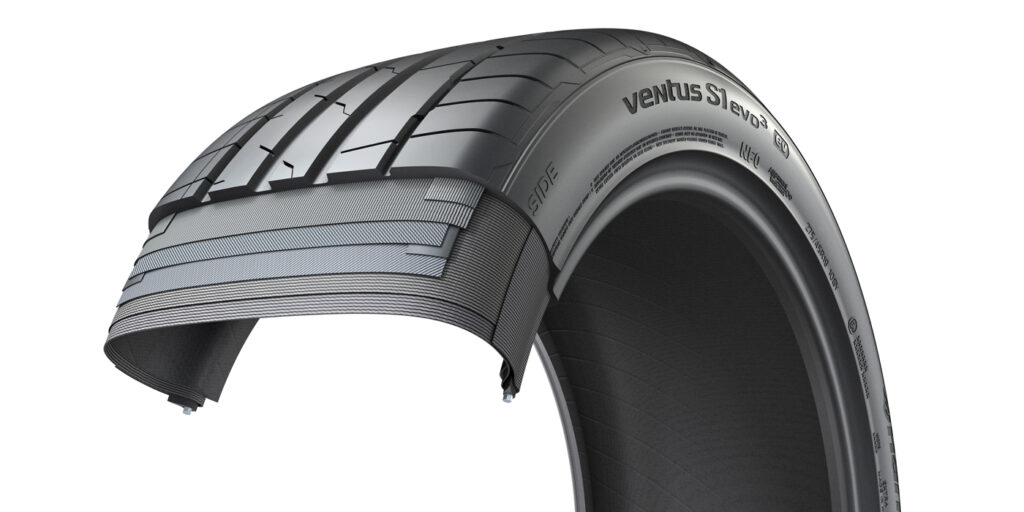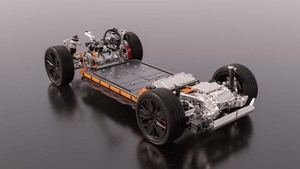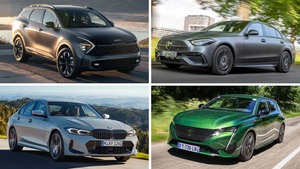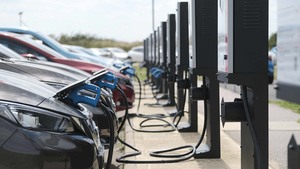Electric vehicles (EVs) are becoming increasingly popular as companies and governments make the switch to more sustainable and environmentally friendly modes of transportation. However, one of the main concerns for fleets considering the switch to EVs is the maintenance costs. In this article, we will examine the impact of electric vehicles on maintenance costs for fleets and how Fleet360 can provide consultancy to help manage these costs.
Cost of Components for Electric Vehicles Compared to ICE Vehicles
One of the most significant differences between electric vehicles and internal combustion engine (ICE) vehicles is the components they use. EVs have fewer moving parts than ICE vehicles, which means that they require less maintenance. However, the components used in electric vehicles tend to be more expensive than those used in ICE vehicles.
For instance, the battery pack in an electric vehicle is one of the most expensive components, and it will eventually need to be replaced. The cost of replacing a battery pack can be significant, but the good news is that battery technology is improving rapidly, and the cost of batteries is expected to continue to decline over time.
Additionally, other components in EVs such as electric motors and power electronics are also relatively expensive, mainly due to the cost of the rare-earth metals used in their manufacture. These components, however, are expected to become more affordable as manufacturing processes improve, and the demand for EVs increases.
On the other hand, ICE vehicles have more complex engines and transmissions that require regular maintenance, such as oil changes and filter replacements. While these components are generally less expensive than those in electric vehicles, the cost of regular maintenance can add up over time.
EV Maintenance Cost vs. ICE Maintenance Cost
The maintenance cost of electric vehicles is generally lower than that of ICE vehicles. As mentioned earlier, electric vehicles have fewer moving parts than ICE vehicles, which means that there are fewer components that can break down and require maintenance. Additionally, the regenerative braking system in electric vehicles helps to reduce wear and tear on the brake pads and discs, which can also save on maintenance costs.
According to a recent research study, (EVs), on average, cost €120 to service, significantly cheaper than petrol or diesel models. Diesel cars were the most expensive to service, costing €184 on average, with hybrid vehicles ranking second (€180), followed by petrol cars (€171). The study also found that EVs require less frequent maintenance and that the cost of maintenance decreases over time.
The nature of EV powertrains not requiring engine oil changes, fuel filters, air filters or spark plugs means that servicing an electric vehicle requires less labour and fewer replacement parts and fluids, helping to lower costs for motorists.
However, when it comes to repairs, electric vehicles can be more expensive than ICE vehicles due to the high cost of replacement components. Additionally, electric vehicles require specialised technicians who are trained to work on electric systems, which can also increase the cost of maintenance and repairs.
Servicing is still essential for EVs from a safety perspective.
What is the impact of tyres?
Tyres wear for example should always be considered like you would with ICE vehicles.
EV tyres can be more expensive than regular tyres because they have some very specific characteristics.
Electric cars are much heavier than their petrol or diesel equivalents. An Openl Corsa-e can weigh up to a third more than its petrol peer because of its batteries. The tyres must be able to support that extra weight, so they need to have a stronger and more expensive system of belts.

EV tyres are also designed for quieter rolling, as EVs make a lot less noise compared to petrol engines, which means you can hear more of the outside noise, including the tyres.
As part of this, the engineers also build EV tyres to have lower rolling resistance. This means it takes less energy to get the tyres moving, which makes them more efficient and improves battery range.
Last but not least, EV tyres must be able to cope with the extra forces that an electric car puts through them. An EV instantly gives you all the power that drives you forward, known as torque. Applying all that torque to the road surface at once can cause regular tyres to wear faster.
All these things start to add up in manufacturing EV tyres.
But, while EV tyres might be slightly more expensive than conventional ones, they’re usually more durable. And that means they’ll actually work out cheaper over time than if you were to use cheap, faster-wearing tyres, not designed for EVs.
What is the typical lifespan of an EV tyre?
In short, it’s mostly down to you and how the car is driven you drive. Tyre lifespan depends on your driving style and how you maintain them.
Looking after your tyres will increase their life too. Keeping them inflated to the car manufacturer’s recommended air pressures will cut wear. It will also reduce rolling resistance, increase EV efficiency and boost range.
Correct wheel alignment will help get the most out of your tyres. Inspect tyres regularly and if you notice the tread wearing more heavily on one side, your wheels may be out of alignment so get a professional’s guidance.
Assuming you do drive sensibly and look after your tyres, you can expect to get between 20,000 and 30,000 miles out of them. You might even get more tyre miles from an EV than from a petrol or diesel car. This is because EVs have much more efficient traction control systems that are better at preventing wheel spin and preserving tyres
What is the impact on TCO
The Total Cost of Ownership (TCO) is a key consideration for fleets when deciding whether to switch to electric vehicles. While the initial cost of purchasing an electric vehicle is generally higher than that of an ICE vehicle, the lower maintenance and fuel costs over the life of the vehicle can make up for the difference.
In addition, electric vehicles have a longer lifespan than ICE vehicles, which means that they can provide a better return on investment over time. A recent study by the International Council on Clean Transportation found that electric vehicles can save fleet operators up to 60% on maintenance costs over the life of the vehicle compared to ICE vehicles.
However, fleets will need to carefully consider the upfront costs and ongoing maintenance costs when making the decision to switch to electric vehicles. The cost of charging infrastructure and the availability of charging stations also need to be factored into the TCO analysis.
How Fleet360 Can Help
At Fleet360, we understand the challenges that fleets face when considering the switch to electric vehicles. That’s why we provide consultancy services to help fleet managers make informed decisions about transitioning to EVs. Our team of experts can help assess the TCO of electric vehicles, evaluate the available charging infrastructure, and develop a customized plan for transitioning to electric vehicles.
We can also help fleet managers understand the maintenance requirements of electric vehicles and how they compare to ICE vehicles. By working with Fleet360, fleet managers can optimize their operations and reduce their costs while also contributing to a more sustainable future.
The impact of electric vehicles on maintenance costs for fleets is significant. While EVs have more expensive components, they generally require less maintenance than ICE vehicles, which can lead to lower overall maintenance costs over the life of the vehicle. The TCO analysis should include factors such as the cost of purchasing and charging infrastructure, the availability of charging stations, and the cost of maintenance and repairs. Fleet managers who are considering the switch to electric vehicles can benefit from working with Fleet360 to assess their options, evaluate the TCO, and develop a customized plan for transitioning to electric vehicles. With our consultancy services, fleet managers can optimize their operations, reduce their costs, and contribute to a more sustainable future.



